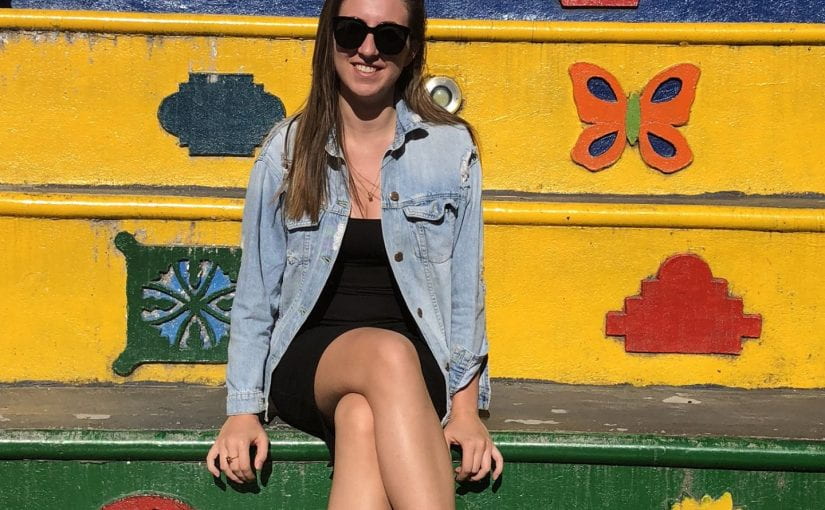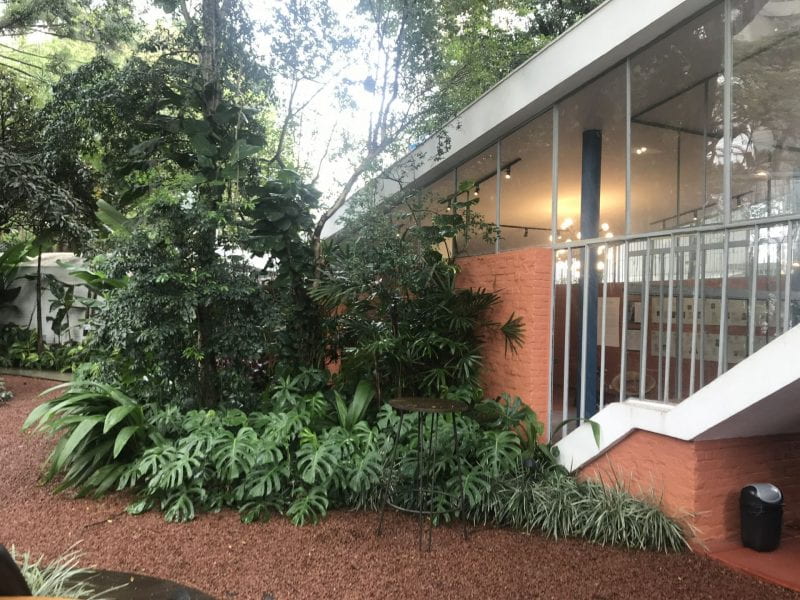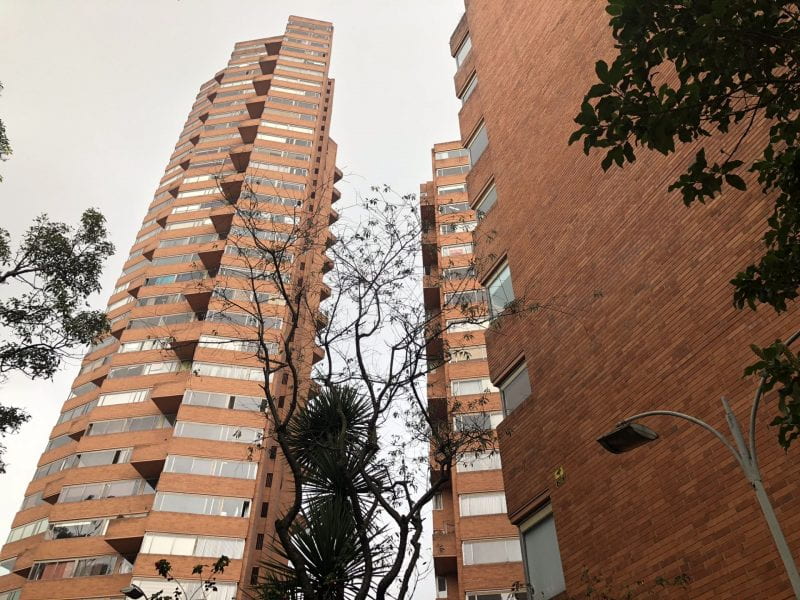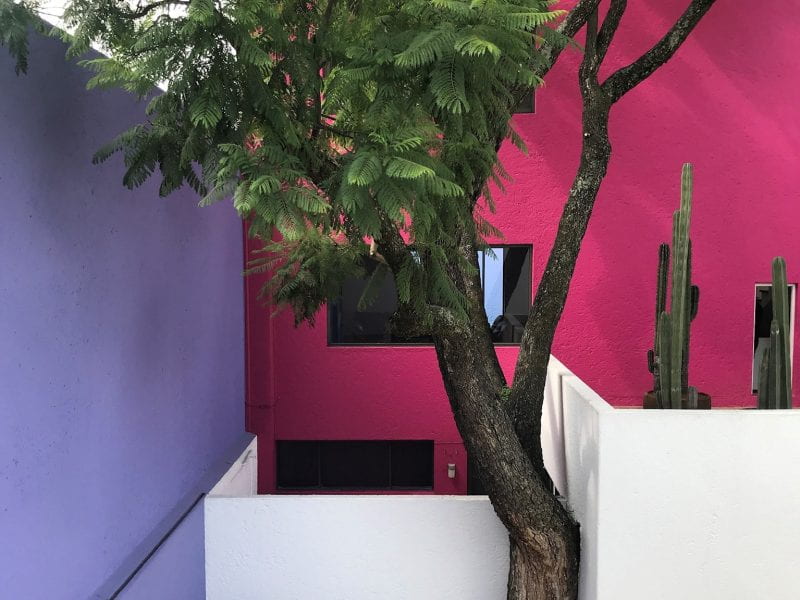This past summer, I got the chance to travel to South America to study Latin American Residential Architecture. Over 40 days, I traveled through Brazil, Colombia, and Mexico, visiting various cities, looking at work from multiple architects, and learning about how historical and cultural aspects have shaped the Latin house in different ways.
My trip started in Sao Paulo, where I got the chance to look at various modernist houses from the 50s and 60s, including Lina Bo Bardi’s Glass House and Vilanova Artigas’ home. It was interesting to see how the context around them has developed since, and how the projects now fit in to and contrast with the city.
I then made my way to Rio de Janeiro, where I got to explore even older buildings that have survived from the Imperial time. I also visited more recent projects such as Oscar Niemeyer’s famous Canoa House, which showcases how Brazilian architecture often incorporates nature. This man vs. nature coexistence was present in other projects I visited and is very representative of Brazil and its culture. After a few other stops, I reached Brazilia, where I was intrigued by Lucio Costa’s Superquadras and the impact they had in the way of living of their residents. The city is entirely different from any other in Brazil, so it was interesting to see how it has been occupied and how it has adapted in the past 6o years.
From Brazil, I flew to Colombia, where I visited Bogota, Medellin, and Cartagena. In Bogota, I was drawn to Rogelio Salmona’s work, especially his Torres del Parque apartment complex and their use of brick. My time in Medellin was focused more on vernacular architecture, and how the city’s urbanism has changed in the past years since the pacification of the city and the integration of its Comunas with the rest of Medellin.
My last stop was Mexico City, where I was welcomed into a gigantic metropole, full of life, vibrant colors, and fantastic architecture. I visited a few houses designed by Luis Barragan and was astonished at his use of color, and how each home has become an oasis inside a chaotic city.
Throughout the trip, I tried to strike a balance of contemporary and historic architecture, and it was interesting to see how each country has developed projects in different ways. In Brazil, architects like Paulo Mendes da Rocha, Lina Bo Bardi, and Vilanova Artigas produced modernist projects more inspired by brutalism, relying heavily on exposed concrete and glass. In Mexico, on the other hand, Barragan used different materials, such as stone and wood, as well a strong focus on lighting and the use of various colors – which was also very present in Colombia. These traits have carried on to influence the style of current architects and were visible in newer projects I visited.
The chance to travel through South America to explore and research architecture in so many different places was one of the most impactful experiences I have had in my life. I will carry what I have learned from this time with me as I continue into the profession, and they will influence the way I look at, think about and design architecture for the rest of my life. I am extremely grateful to USC and the George H. Mayr traveling fellowship for this amazing opportunity.





